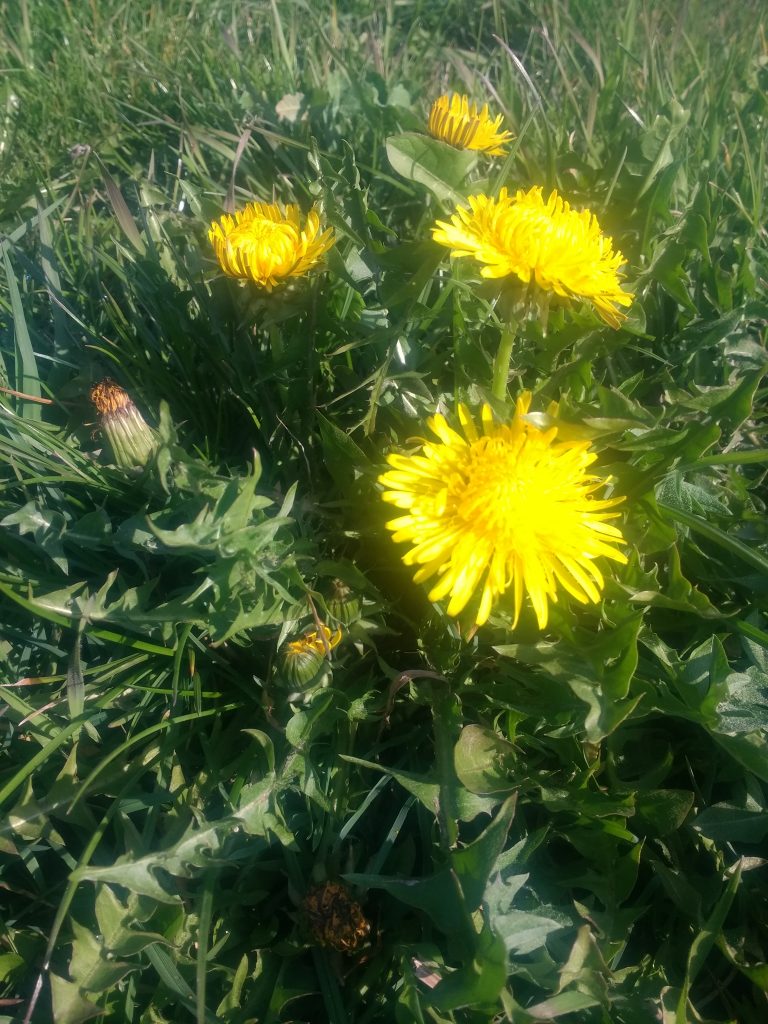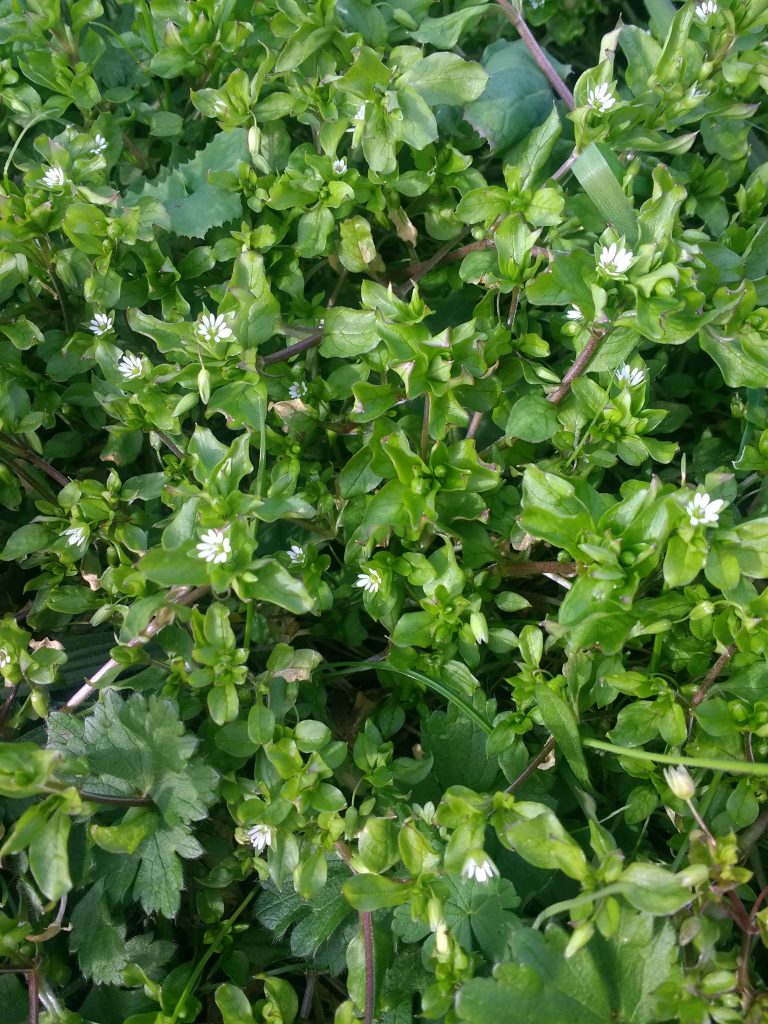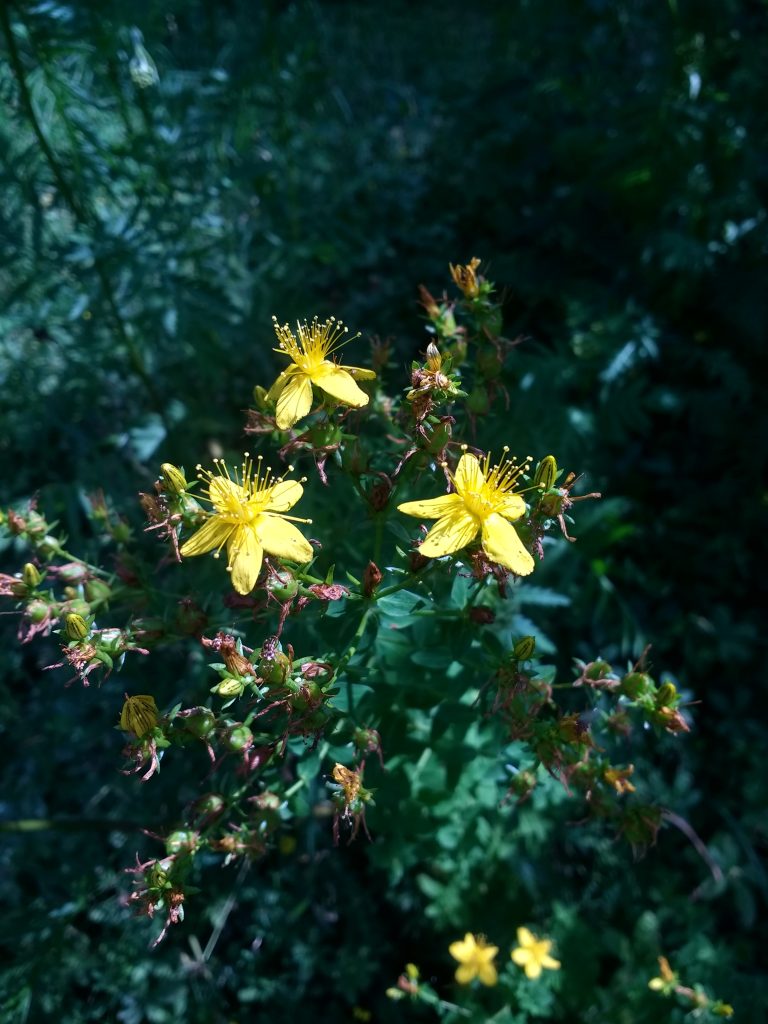
Tarassaco Officinale
One of the best known and widespread wild plants. As well being a rich source of nectar and pollen for the bees, dandelion has a huge a variety of culinary and medicinal uses.
Nutrients: Vitamins A, Vitamin C, Vitamin E, Vitamin K, Iron, Calcium, Magnesium, Potassium
Parts Used: Roots, Leaves, Flowers, Buds
Medical Uses: Detoxify Stomach and Liver, Clearer Skin
Culinary uses:
-Its leaves and flowers are used in salads.
-Its young buds are tasty when fried and salty.
-Its leaves and flowers are uses to make wines and tonic drinks.
-Its roots can be roasted and prepared like coffee.


